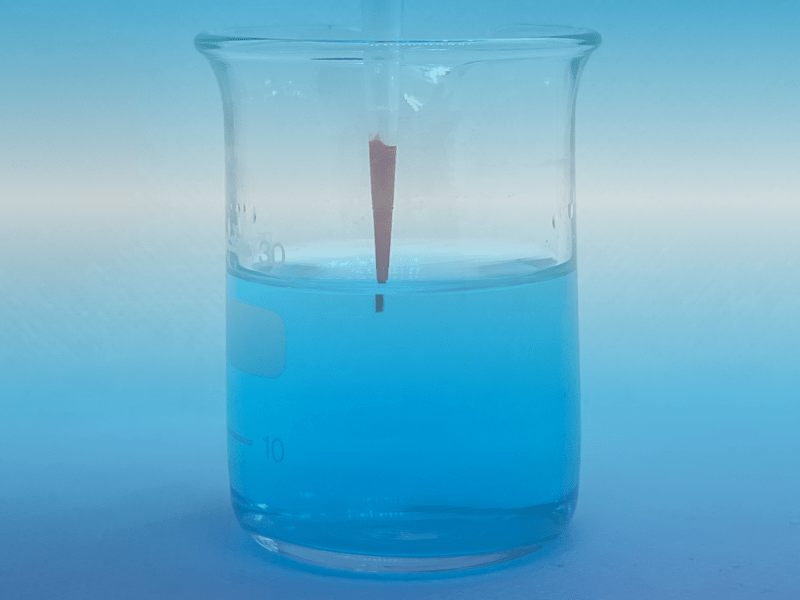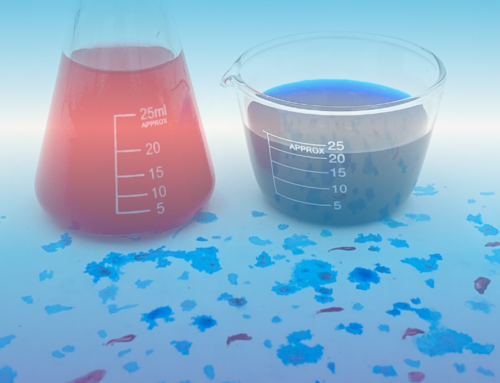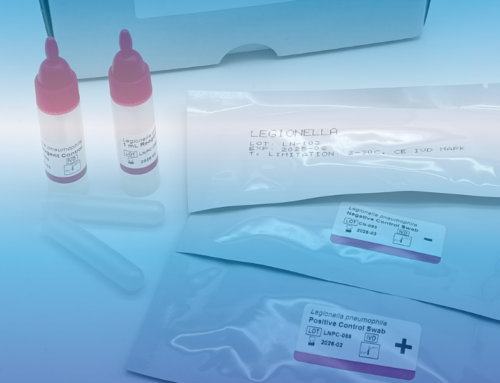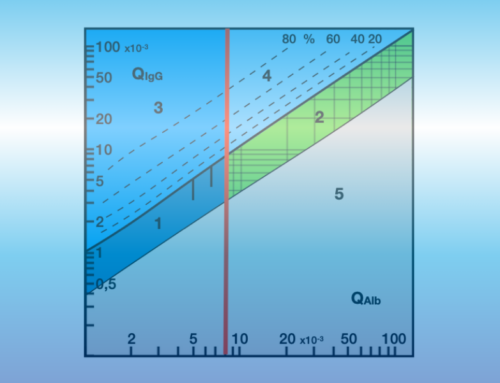“Quick action is necessary”, says an article on the effects of the IVDR regulation on medical laboratories by Dipl. Biol. Ulrich Hafen in edition 3/2019 of the journal Trillium Diagnostik.
Medical laboratories that use their own “laboratory developed tests” (LDT), including their own software, are just as affected by the new IVDR regulation, which comes into force on May 26th, 2022, as traditional manufacturers.
The new EU Regulation 2017/746 of the European Parliament and of the Council on in vitro diagnostics (IVDR for short) has been in force since May 25, 2017. The requirements for the requirement of in vitro diagnostic products are formulated in the new IVDR in a much more concrete way than in the currently valid Directive 98/79/EC (IVDD).
The replacement of the list-based system of the IVDD by a risk-based classification system in the IVDR is one of the most important innovations. In the future, all in vitro diagnostic products will be classified according to risk classes (A: low risk to D: highest risk) in the interest of patient safety. All products that were previously classified as “other IVD” will now be classified in risk class B or higher.
From risk class B on, the manufacturer must in future commission a notified authority to place his own products on the market under IVDR. With the increasing costs for manufacturers, which not everyone can bear, in the worst case scenario dangerous bottlenecks in medical care can occur.
Exceptions are made under certain circumstances for medical laboratories that use their own LDTs. LDTs currently already have to meet requirements of the MPG and MP-BetreibV, which in some aspects are similar to the requirements of the IVDR.
For example, the MPBetreibV stipulates in § 9 that a quality assurance system in accordance with Part A of RiLiBÄK must be set up. In the IVDR this issue is dealt with in article 5, paragraph 5 with a number of conditions. Depending on the LDT, chapter 7 of ISO 13485 shall be observed.
Point d) of article 5, (5) of the IVDR is of interest to medical laboratories. This states that the own LDT may not be operated if there is a product on the market with at least the same performance level. In order to be allowed to operate one’s own product, this must be justified in writing. For some laboratories, the question will arise in the future whether the prohibition to use their own LDT can be circumvented by placing their LDT on the market as a CE-marked IVD. Costs and benefits could even be balanced.
BIOMED Labordiagnostik GmbH and thus all in vitro diagnostics distributed by BIOMED is already ISO 13485 certified
The complete article including additional material and references can be read here:







